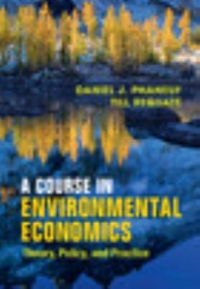Answered step by step
Verified Expert Solution
Question
1 Approved Answer
Suppose that we are in an economy with two regions, 1 and 2. Each region has some capital stock $k_1$ and $k_2$ and a certain
Suppose that we are in an economy with two regions, 1 and 2. Each region has some capital stock $k_1$ and $k_2$ and a certain quantity of workers $\ell_1$ and $\ell_2$. Capital can be newly invested freely across regions but is immobile once installed. Labor is mobile across regions and $\ell_1 + \ell_2 = 1$. Output is given by \[ y_1 = z_1 k_1^\alpha \ell_1^\beta \quad \text{and} \quad y_2 = z_2 k_2^\alpha \ell_2^\beta \] where $\alpha + \beta \leq 1$. Final goods are freely mobile across regions, so total output is $y = y_1 + y_2$. The capital stocks evolve according to \[ \dot{k}_1 = i_1 - \delta k_1 \quad \text{and} \quad \dot{k}_2 = i_2 - \delta k_2 \] and investment is constrained to be non-negative $(i_1 \geq 0, i_2 \geq 0)$. In this problem, we will consider only a social planner who has resources $(y)$ and makes consumption $(c)$ and investment $(i_1, i_2)$ decisions, as well as operating the representative firms in each region. (a) Write down the resource constraint of the social planner. If labor is freely mobile across regions, what condition should hold in an optimal allocation? \end{document}
Step by Step Solution
There are 3 Steps involved in it
Step: 1

Get Instant Access to Expert-Tailored Solutions
See step-by-step solutions with expert insights and AI powered tools for academic success
Step: 2

Step: 3

Ace Your Homework with AI
Get the answers you need in no time with our AI-driven, step-by-step assistance
Get Started


